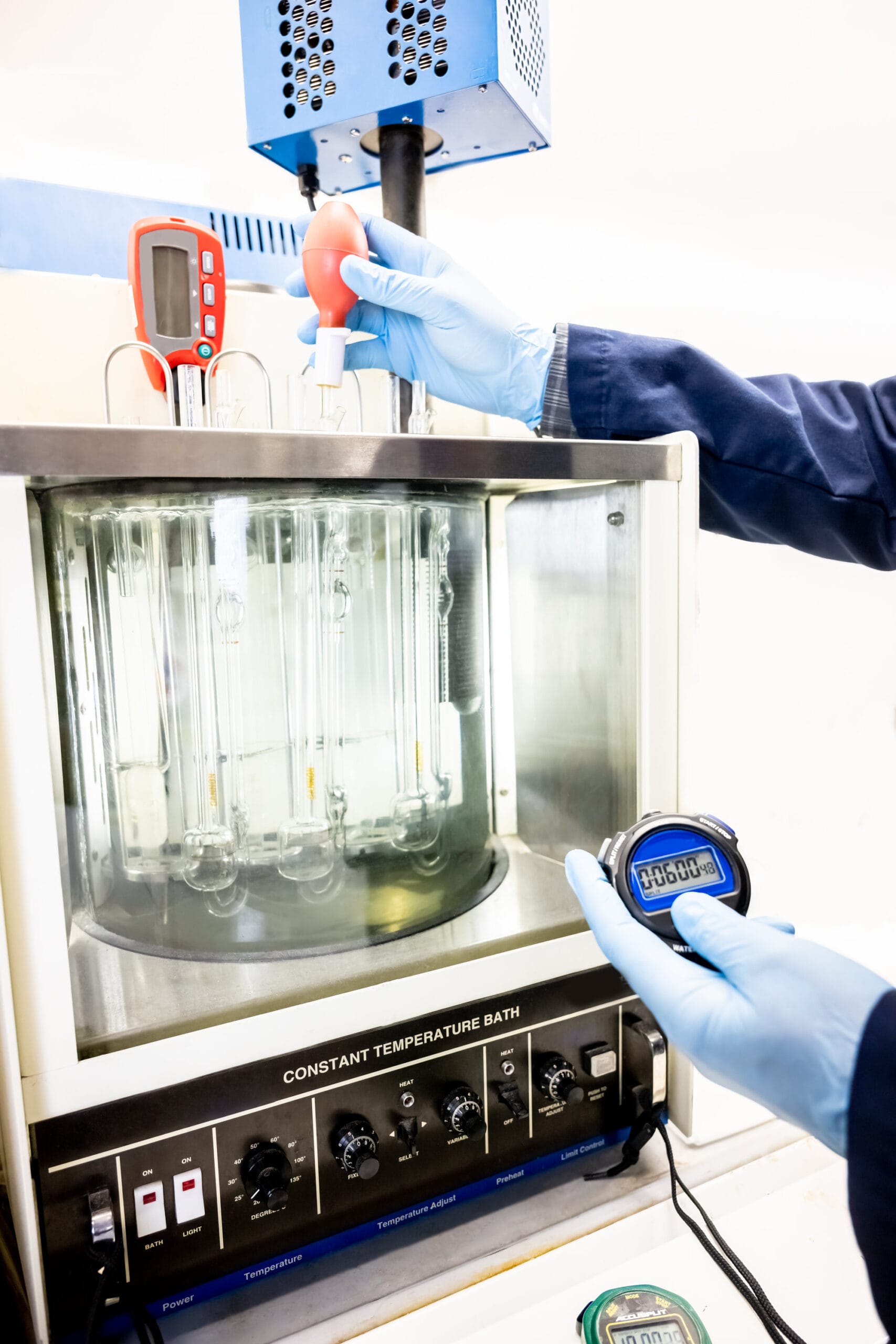
Wet Chemistry
Any normal acid-base titration can also be done potentiometrically, where a pH probe is used to make a plot of pH vs. titrant volume added.
Potentiometric titrations can be used for dark samples or titrations in solvents other than water which may not be suitable for color-based methods. In addition, use of other electrode types allows potentiometric titrations beyond acid-base chemistry.
Approaches
Potentiometric titrations can be automated, reducing the technician time (and therefore cost) of a measurement significantly, and allowing more complicated experiments.
Liquid samples can be analyzed directly or with dilution to a specific concentration. If the sample contains particles or suspended solids, a filtration or centrifugation step typically precedes the potentiometry.
Sample Considerations
Prior to a Potentiometric titration, a solid sample needs to be dissolved in a solvent, most commonly water.
To assure that matrix effects are accounted for, it is important to discuss the sample with our scientists prior to the measurements being made.
Please contact us with your specific sample consideration questions.
Experience
Work we’ve done:
- Chloride in isocyanates
- Acid-neutralization
- Amine endgroups in nylon
- Alcohol endgroups in polymers
- Neutralization of strong acid samples
- Hydroxyl content
- Acid endgroups of PLA

